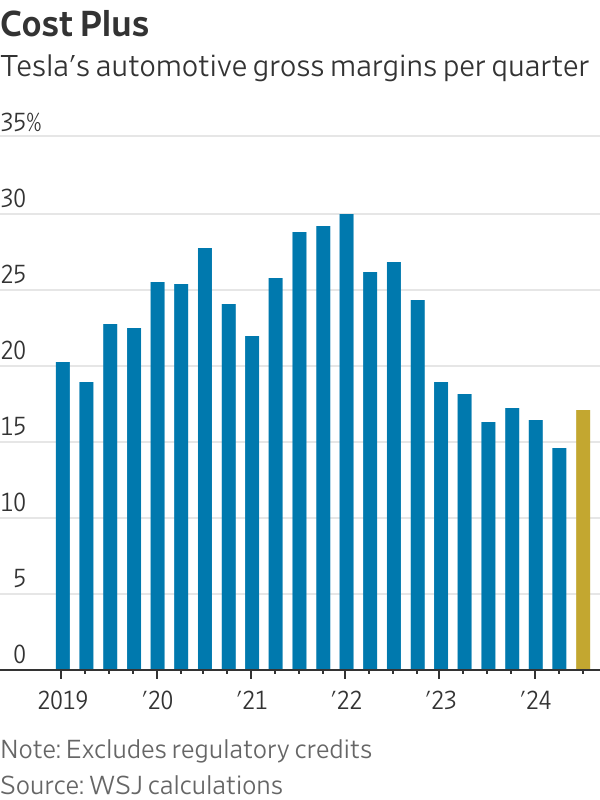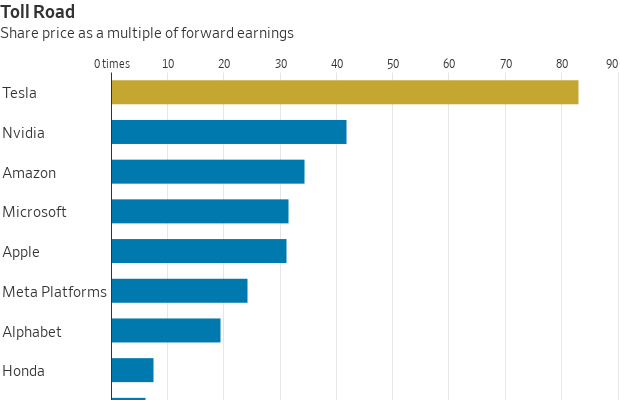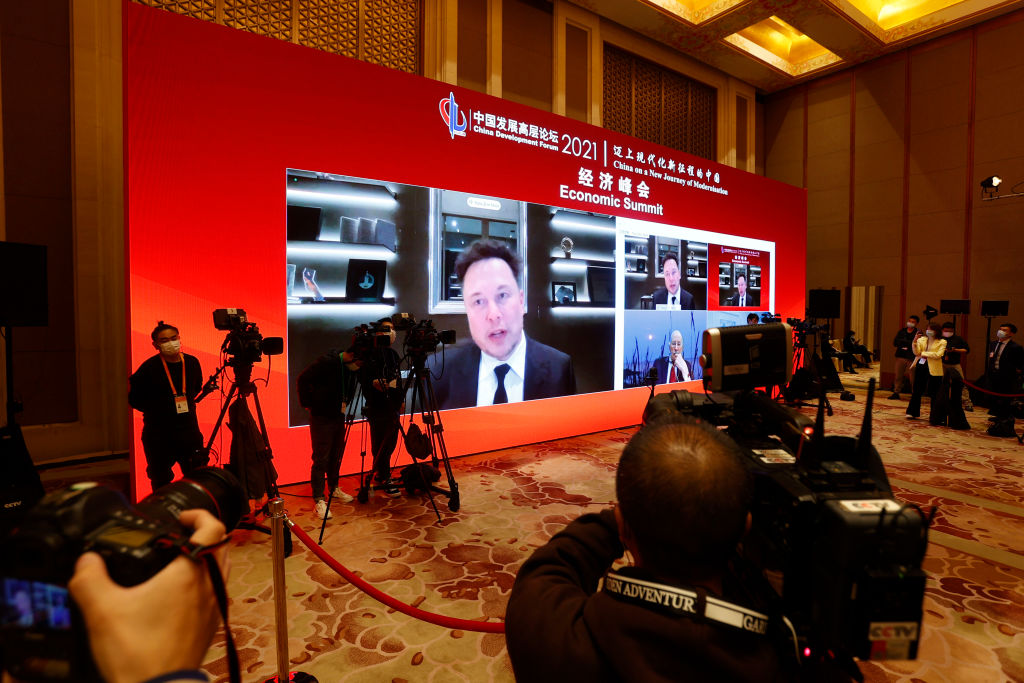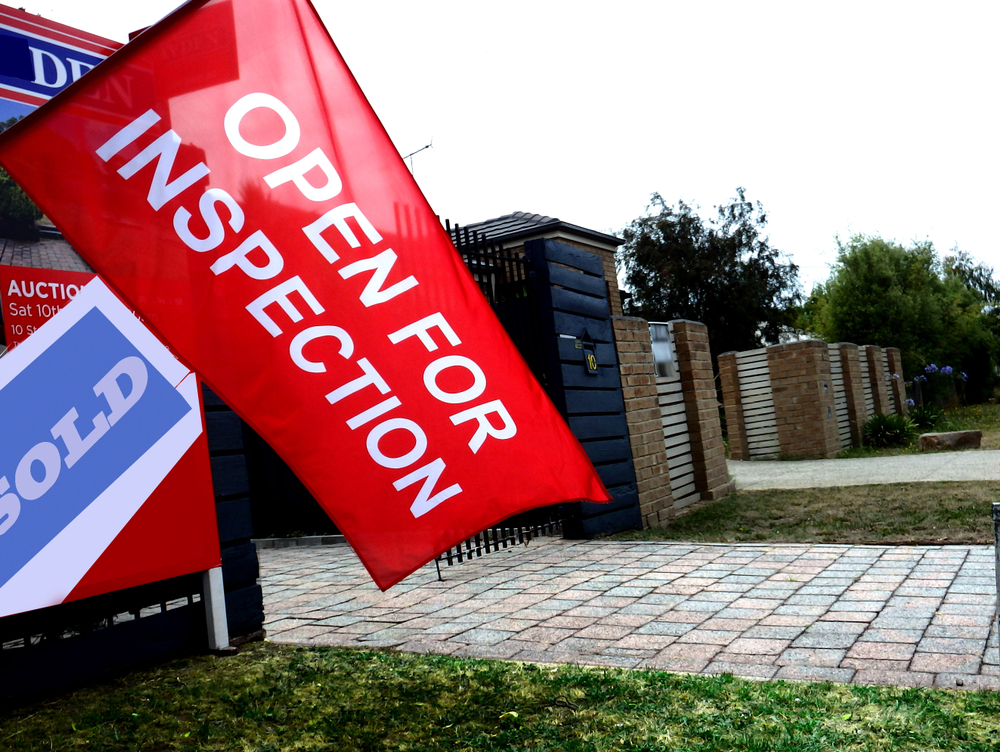A More Profitable Tesla Is Still a Pricey Ride
Surprise lift in automotive margins reverses damage from Robotaxi fallout, but valuation is now far above even AI stars
Elon Musk thinks of Tesla as an AI company. He’d be seriously bummed if it were valued like one.
Tesla’s third-quarter results gave the EV maker’s stock price a strong boost on Thursday, recovering the ground lost following the company’s disappointing Robotaxi event earlier this month. The reaction wasn’t entirely unwarranted: Tesla managed to surprise Wall Street by reversing the steady decline its automotive gross margins have suffered over the past two years. Strong growth in sales and gross profits in the company’s energy generation and storage segment also helped. Tesla’s total operating profit came in at $2.7 billion for the quarter—37% above Wall Street’s consensus forecast, according to FactSet.

Still, Tesla’s overall growth is far below normal, or at least what has long been the company’s version of normal. Total automotive revenue rising 2% year over year in the third quarter comes after two consecutive quarters of declines. That is also a fraction of the 45% growth Tesla’s core business averaged on a quarterly basis from 2020 through 2023. The world’s largest EV maker can’t escape the gravity of a global auto-sales slowdown .
And even the profit boost might not be built to last. “Sustaining these margins in Q4, however, will be challenging, given the current economic environment,” said Tesla Chief Financial Officer Vaibhav Taneja on the company’s conference call on Wednesday.
Analysts boosted their profit targets anyway. The consensus projection for Tesla’s per-share earnings over the next four quarters rose more than 5% following the company’s report. But even that doesn’t cover Tesla’s chunky valuation; Thursday’s jump of nearly 22% puts the stock price at around 83 times forward earnings. That is more than twice the multiple that megacap tech giants such as Apple , Microsoft and Amazon .com fetch. If Tesla were valued on par with Nvidia , whose chips Tesla is snapping up to power its ambitions in AI, autonomous driving and robotics, the stock price—and a good chunk of Musk’s net worth—would be be half its current level.

Hence, Tesla needs much, much more to go right than just a recovery in the global EV market. But its biggest ambitions are distant and by no means slam dunks. Musk reiterated his plan to have Robotaxis begin production in 2026 . The ultimate fate of that business, though, lies in the company’s ability to clear the necessary regulatory hurdles for self-driving cars in states like California—not to mention catching up to rivals such as Waymo that are already on the road.
“While compute capacity growth is a positive indicator that will support accelerated learning cycles, we remain cautious on Tesla’s system performance vs. peers given lack of driver-out regulatory approvals and limited detail on miles between engagement,” wrote Colin Rusch of Oppenheimer on Thursday.
The humanoid robot called Optimus is even more of a long shot—not that Musk qualifies it as such. “So I think it has a good chance of being the most valuable product ever made,” Musk said on Wednesday’s call.
Even some of Tesla’s near-term targets look ambitious. After scrapping its Model 2 project earlier this year, the company reiterated a plan to launch a “more affordable” car in the first half of next year, though details on that vehicle remain sparse. And Musk projected vehicle-sales growth of 20% to 30% next year—a sharp jump from the 13% pace analysts were projecting, according to FactSet.
“We struggle to handicap the unit growth, given the uncertain timing of volume production, a limited sense of how different the offerings will be relative to the current Model 3 and Y, and true delivered price,” wrote Toni Sacconaghi of Bernstein.
Tesla has to get an awful lot of rubber to meet the road.
 Copyright 2020, Dow Jones & Company, Inc. All Rights Reserved Worldwide. LEARN MORE
Copyright 2020, Dow Jones & Company, Inc. All Rights Reserved Worldwide. LEARN MORE
A divide has opened in the tech job market between those with artificial-intelligence skills and everyone else.
A 30-metre masterpiece unveiled in Monaco brings Lamborghini’s supercar drama to the high seas, powered by 7,600 horsepower and unmistakable Italian design.
A divide has opened in the tech job market between those with artificial-intelligence skills and everyone else.
There has rarely, if ever, been so much tech talent available in the job market. Yet many tech companies say good help is hard to find.
What gives?
U.S. colleges more than doubled the number of computer-science degrees awarded from 2013 to 2022, according to federal data. Then came round after round of layoffs at Google, Meta, Amazon, and others.
The Bureau of Labor Statistics predicts businesses will employ 6% fewer computer programmers in 2034 than they did last year.
All of this should, in theory, mean there is an ample supply of eager, capable engineers ready for hire.
But in their feverish pursuit of artificial-intelligence supremacy, employers say there aren’t enough people with the most in-demand skills. The few perceived as AI savants can command multimillion-dollar pay packages. On a second tier of AI savvy, workers can rake in close to $1 million a year .
Landing a job is tough for most everyone else.
Frustrated job seekers contend businesses could expand the AI talent pipeline with a little imagination. The argument is companies should accept that relatively few people have AI-specific experience because the technology is so new. They ought to focus on identifying candidates with transferable skills and let those people learn on the job.
Often, though, companies seem to hold out for dream candidates with deep backgrounds in machine learning. Many AI-related roles go unfilled for weeks or months—or get taken off job boards only to be reposted soon after.
Playing a different game
It is difficult to define what makes an AI all-star, but I’m sorry to report that it’s probably not whatever you’re doing.
Maybe you’re learning how to work more efficiently with the aid of ChatGPT and its robotic brethren. Perhaps you’re taking one of those innumerable AI certificate courses.
You might as well be playing pickup basketball at your local YMCA in hopes of being signed by the Los Angeles Lakers. The AI minds that companies truly covet are almost as rare as professional athletes.
“We’re talking about hundreds of people in the world, at the most,” says Cristóbal Valenzuela, chief executive of Runway, which makes AI image and video tools.
He describes it like this: Picture an AI model as a machine with 1,000 dials. The goal is to train the machine to detect patterns and predict outcomes. To do this, you have to feed it reams of data and know which dials to adjust—and by how much.
The universe of people with the right touch is confined to those with uncanny intuition, genius-level smarts or the foresight (possibly luck) to go into AI many years ago, before it was all the rage.
As a venture-backed startup with about 120 employees, Runway doesn’t necessarily vie with Silicon Valley giants for the AI job market’s version of LeBron James. But when I spoke with Valenzuela recently, his company was advertising base salaries of up to $440,000 for an engineering manager and $490,000 for a director of machine learning.
A job listing like one of these might attract 2,000 applicants in a week, Valenzuela says, and there is a decent chance he won’t pick any of them. A lot of people who claim to be AI literate merely produce “workslop”—generic, low-quality material. He spends a lot of time reading academic journals and browsing GitHub portfolios, and recruiting people whose work impresses him.
In addition to an uncommon skill set, companies trying to win in the hypercompetitive AI arena are scouting for commitment bordering on fanaticism .
Daniel Park is seeking three new members for his nine-person startup. He says he will wait a year or longer if that’s what it takes to fill roles with advertised base salaries of up to $500,000.
He’s looking for “prodigies” willing to work seven days a week. Much of the team lives together in a six-bedroom house in San Francisco.
If this sounds like a lonely existence, Park’s team members may be able to solve their own problem. His company, Pickle, aims to develop personalised AI companions akin to Tony Stark’s Jarvis in “Iron Man.”
Overlooked
James Strawn wasn’t an AI early adopter, and the father of two teenagers doesn’t want to sacrifice his personal life for a job. He is beginning to wonder whether there is still a place for people like him in the tech sector.
He was laid off over the summer after 25 years at Adobe , where he was a senior software quality-assurance engineer. Strawn, 55, started as a contractor and recalls his hiring as a leap of faith by the company.
He had been an artist and graphic designer. The managers who interviewed him figured he could use that background to help make Illustrator and other Adobe software more user-friendly.
Looking for work now, he doesn’t see the same willingness by companies to take a chance on someone whose résumé isn’t a perfect match to the job description. He’s had one interview since his layoff.
“I always thought my years of experience at a high-profile company would at least be enough to get me interviews where I could explain how I could contribute,” says Strawn, who is taking foundational AI courses. “It’s just not like that.”
The trouble for people starting out in AI—whether recent grads or job switchers like Strawn—is that companies see them as a dime a dozen.
“There’s this AI arms race, and the fact of the matter is entry-level people aren’t going to help you win it,” says Matt Massucci, CEO of the tech recruiting firm Hirewell. “There’s this concept of the 10x engineer—the one engineer who can do the work of 10. That’s what companies are really leaning into and paying for.”
He adds that companies can automate some low-level engineering tasks, which frees up more money to throw at high-end talent.
It’s a dynamic that creates a few handsomely paid haves and a lot more have-nots.
A divide has opened in the tech job market between those with artificial-intelligence skills and everyone else.
Now complete, Ophora at Tallawong offers luxury finishes, 10-year defect insurance and standout value from $475,000.






















